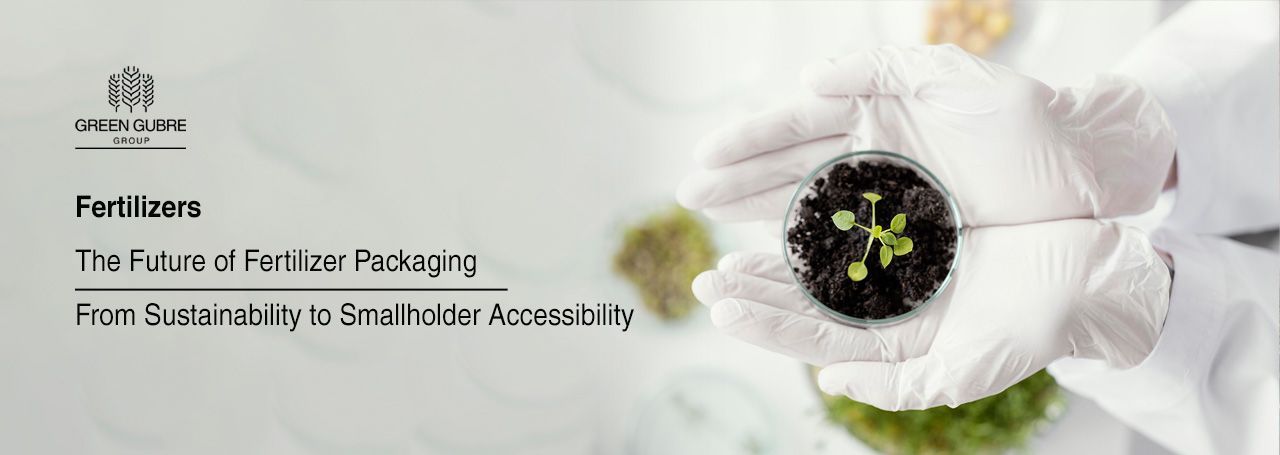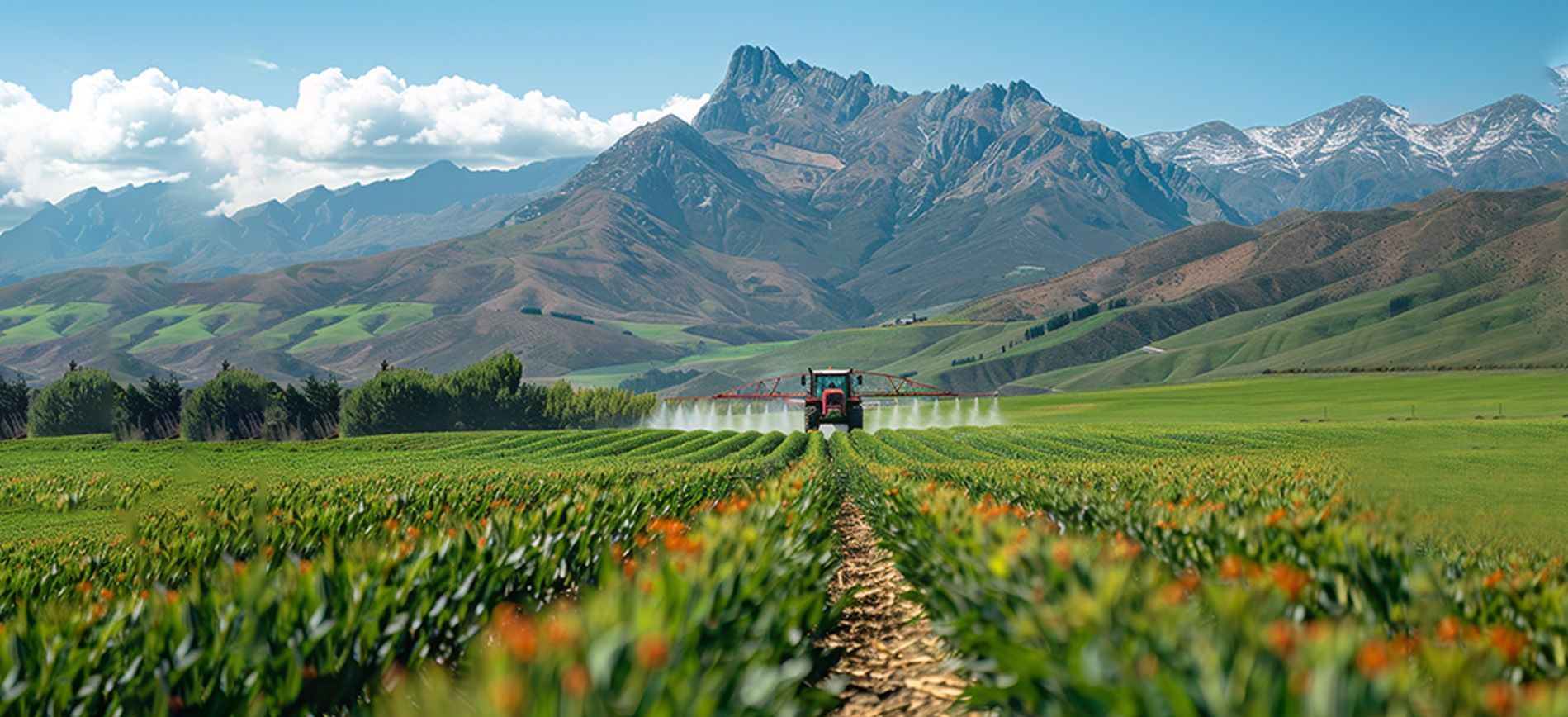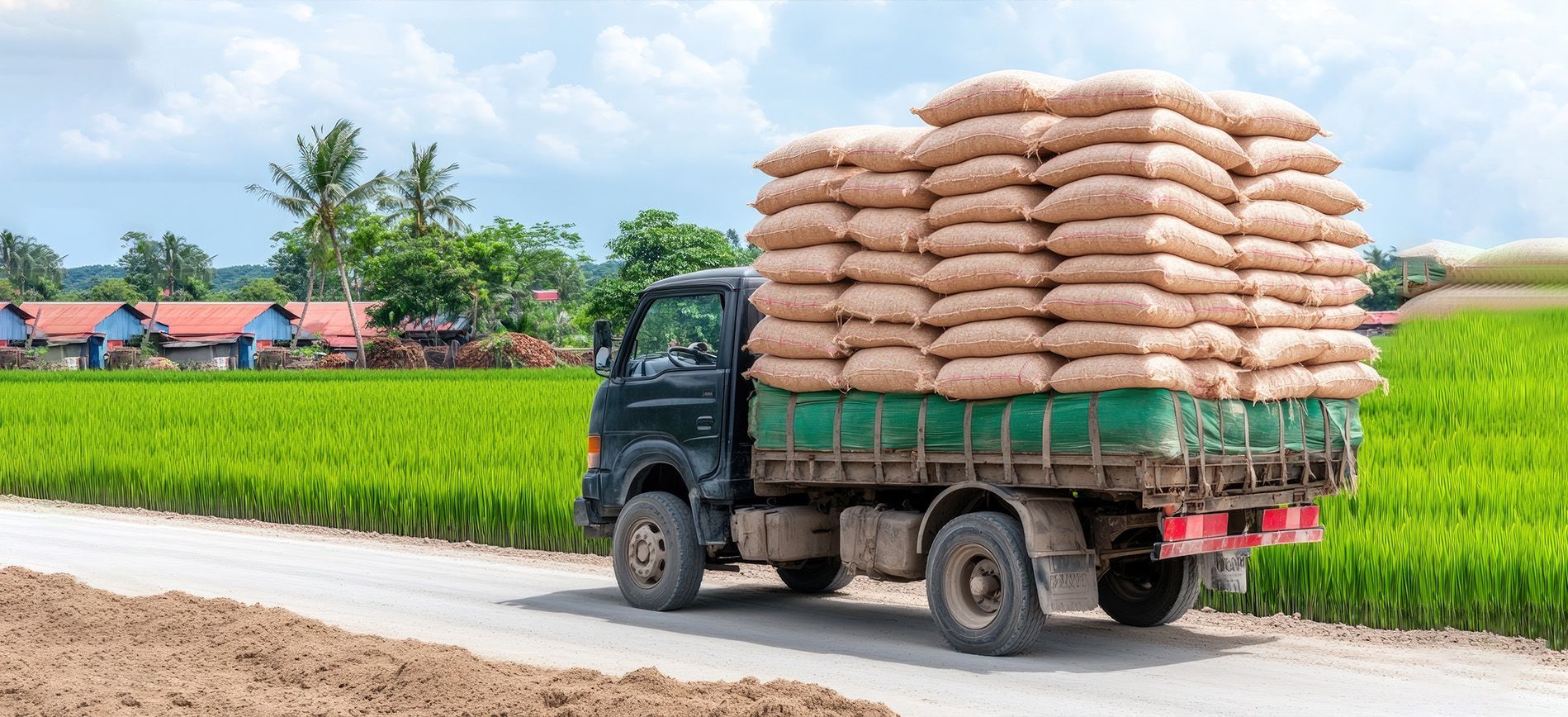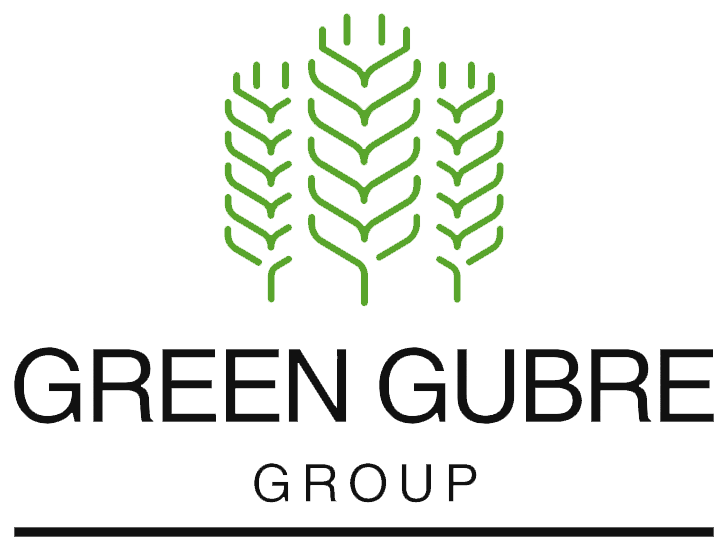The Future of Fertilizer Packaging – From Sustainability to Smallholder Accessibility
The Future of Fertilizer Packaging – From Sustainability to Smallholder Accessibility

Rethinking the Fertilizer Bag in 2025
Fertilizer packaging is no longer just a container—it’s a communication tool, a sustainability marker, and a farmer access enabler. As global agriculture becomes more digitally connected and environmentally conscious, fertilizer packaging is undergoing a quiet revolution.
Today's packaging must serve multiple functions, from biodegradable materials to QR-coded mobile guidance. Packaging can open or close the door to adoption, especially in Africa, India, and Southeast Asia, where millions of smallholder farmers buy fertilizer in modest quantities.
This blog explores the emerging trends in fertilizer packaging and how suppliers can build competitive, compliant, and farmer-friendly offerings.
1. Small Pack Sizes, Big Market Impact
Large 50 kg bags may suit commercial farms, but they're too expensive, heavy, and impractical for most smallholder farmers across Africa and Asia.
Emerging Pack Trends:
- 2 kg, 5 kg, 10 kg, and 25 kg SKUs dominate rural retail outlets.
- Mini-packs are ideal for trial use, crop-specific application, or budget-constrained buyers.
- Flexible volume pricing makes fertilizers more affordable and market-penetrable.
Market Insight:
In Nigeria and Kenya, 5–10 kg granular urea packs account for over 40% of rural fertilizer sales in cooperatives and kiosks.
2. Sustainable Packaging Materials Gain Traction
In an era of ESG mandates and rising environmental awareness, fertilizer manufacturers and traders are under pressure to reduce their plastic footprint.
Green Packaging Innovations:
- Biodegradable polymer bags (corn-starch-based)
- Jute and natural fiber blends for secondary packaging
- Recyclable multi-layered plastics with improved UV and moisture resistance
EU and African Union green procurement rules now prefer suppliers with eco-friendly packaging, especially in donor-funded programs.
3. Smart Packaging: QR Codes, NFC, and Beyond
Packaging can now deliver digital value. Suppliers are integrating mobile-first features to offer instant guidance and traceability.
Digital Add-Ons:
- QR codes linking to video guides, dosage calculators, and soil-specific application tips
- Near-field communication (NFC) for input verification and product authenticity
- SMS codes for region-specific advisory messages and dealer locators
Example:
Green Gubre Group’s pilot project in Ghana uses QR-coded NPK bags, which offer voice guides in Twi and Hausa on maize fertilizer application.
4. Visual Communication and Literacy-Sensitive Design
With variable literacy levels across rural markets, visual design is critical to ensure correct product use and safety.
Best Practices:
- Use color-coded packaging for product differentiation (e.g., blue for urea, green for NPK).
- Include pictorial instructions on mixing, storage, and application.
- Add
infographics on safety and protective gear for farmworker well-being.
Farmers trust brands they understand. Clear, relatable packaging builds loyalty and credibility.
5. Cost-Effective Innovation for Distributors and Retailers
Innovative packaging must also work for the supply chain. Traders and agro dealers need packs that are:
- Stackable and durable
- Moisture-resistant for tropical climates
- Clearly labeled for inventory tracking and stock rotation
Solution:
Multi-ply laminated bags with tamper-proof seals and thermal printing for batch/expiry tracking.
Conclusion: The Bag Is Now Part of the Brand
As fertilizer products evolve, so must their packaging. What was once an afterthought is now a competitive differentiator and a key enabler of inclusive, sustainable agriculture.
For suppliers, packaging is no longer about cost alone—it’s about function, trust, traceability, and farmer-first design. Those who invest in thoughtful packaging innovation will gain access to broader markets, more substantial brand presence, and policy-aligned visibility in the new global fertilizer economy.




